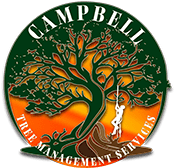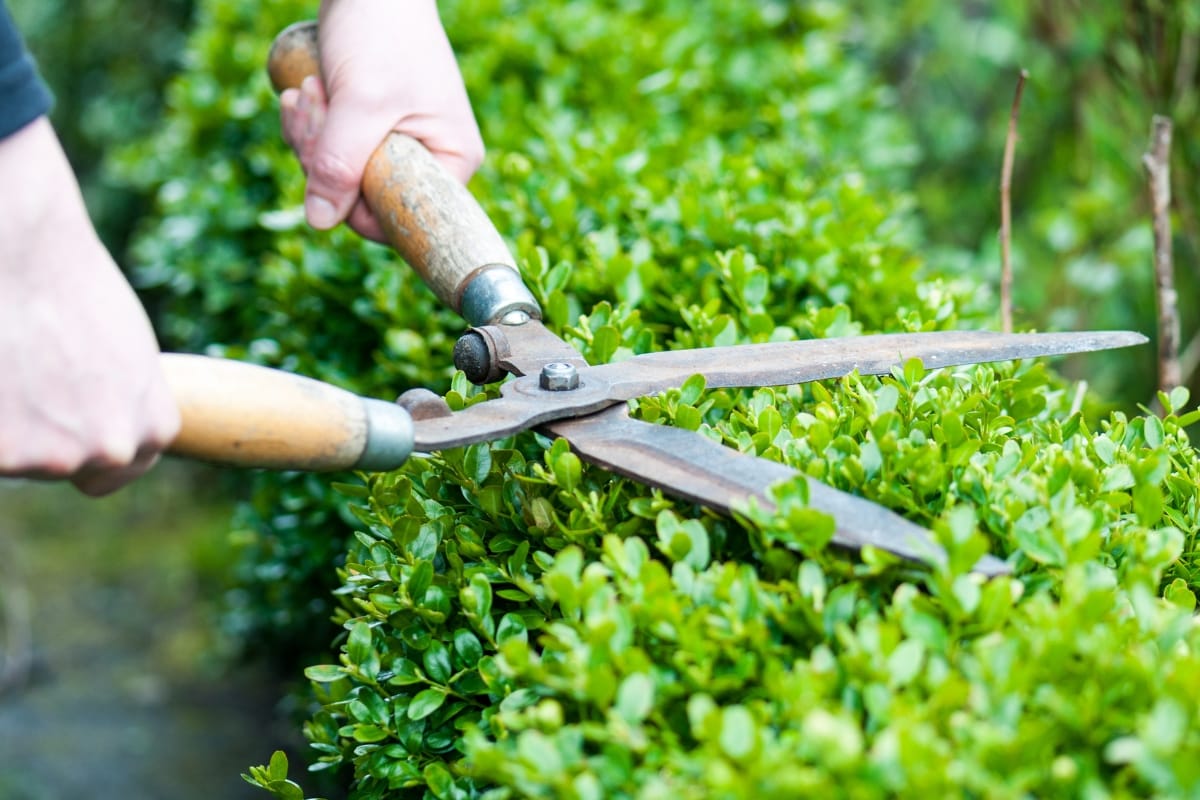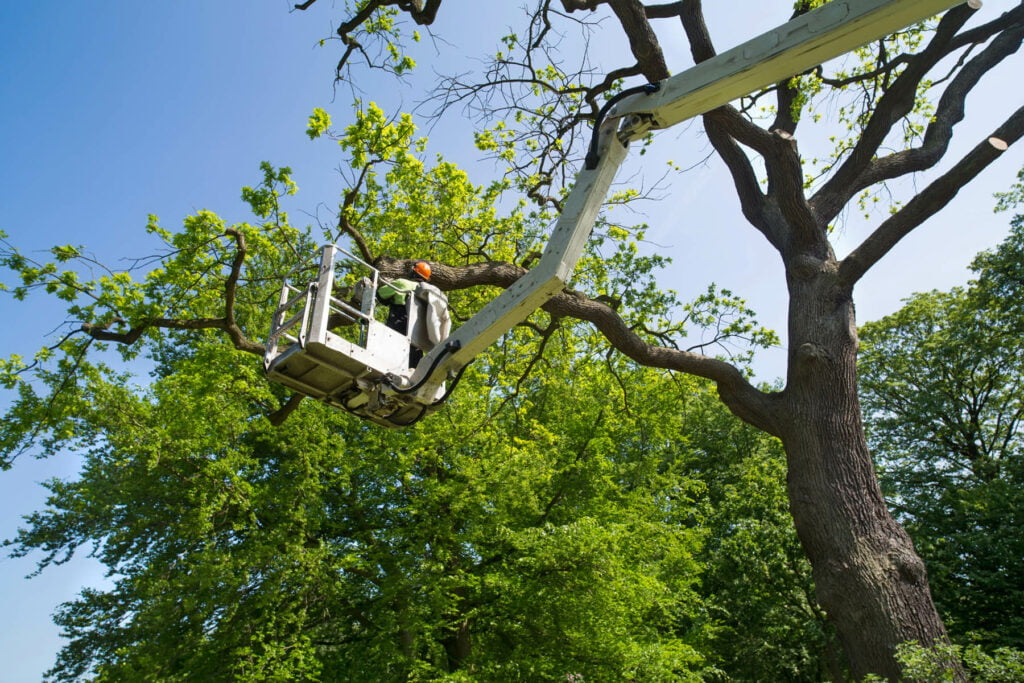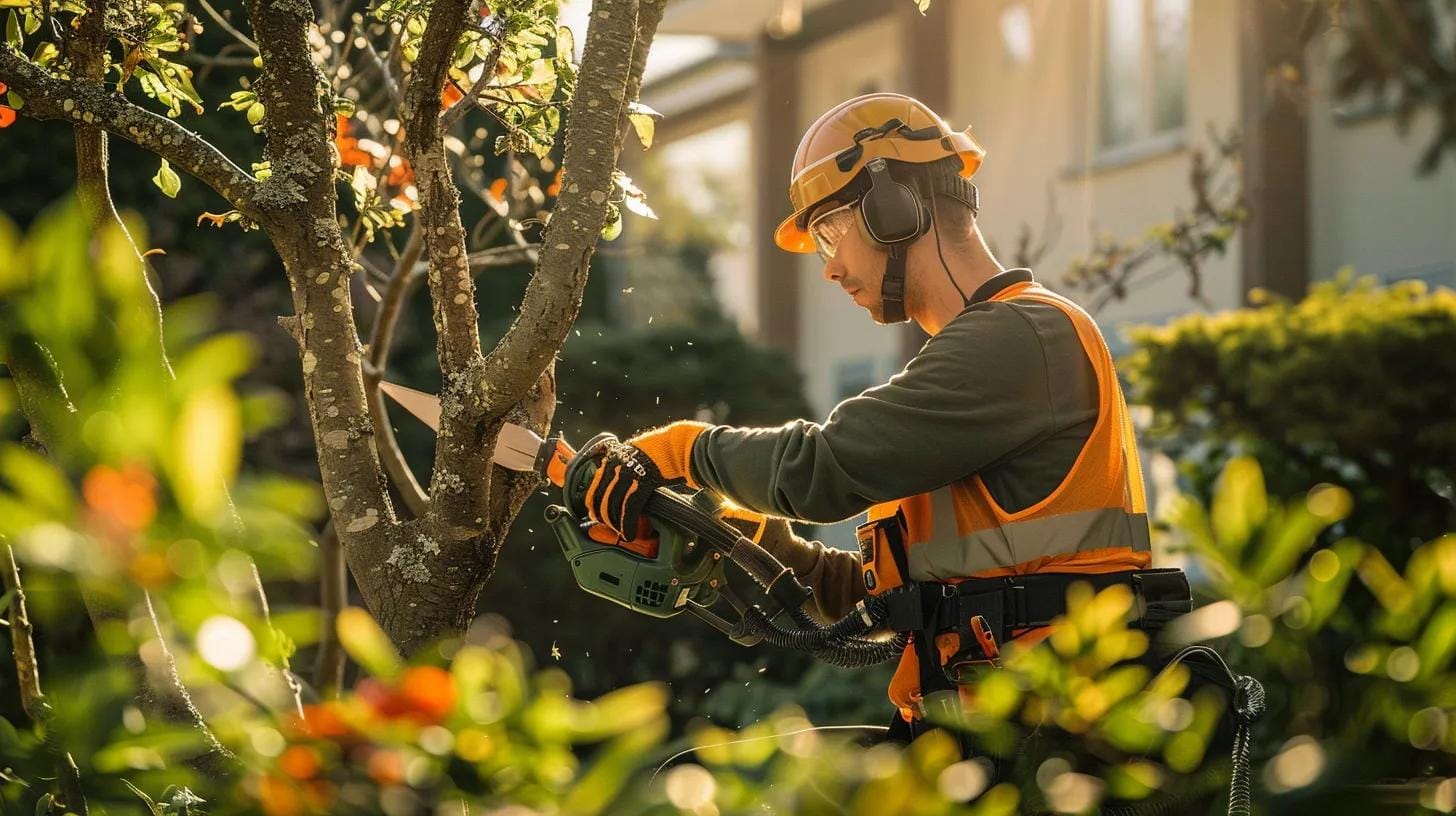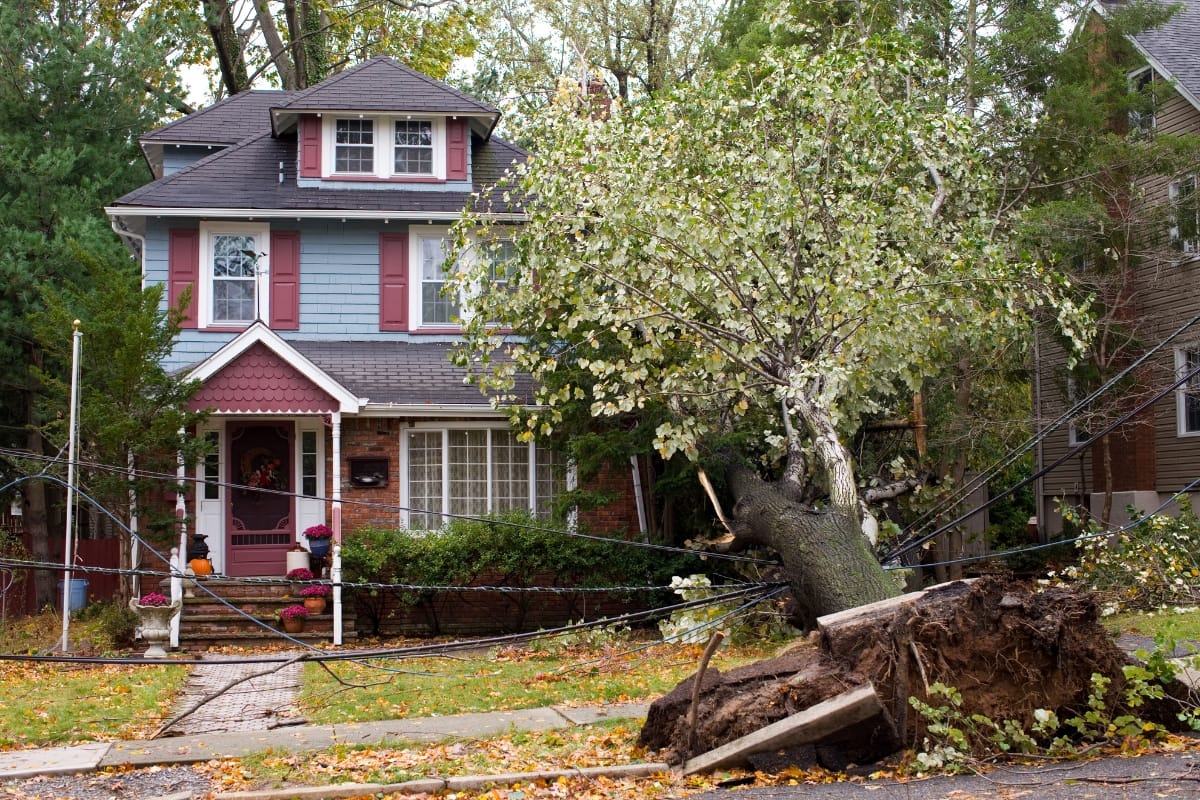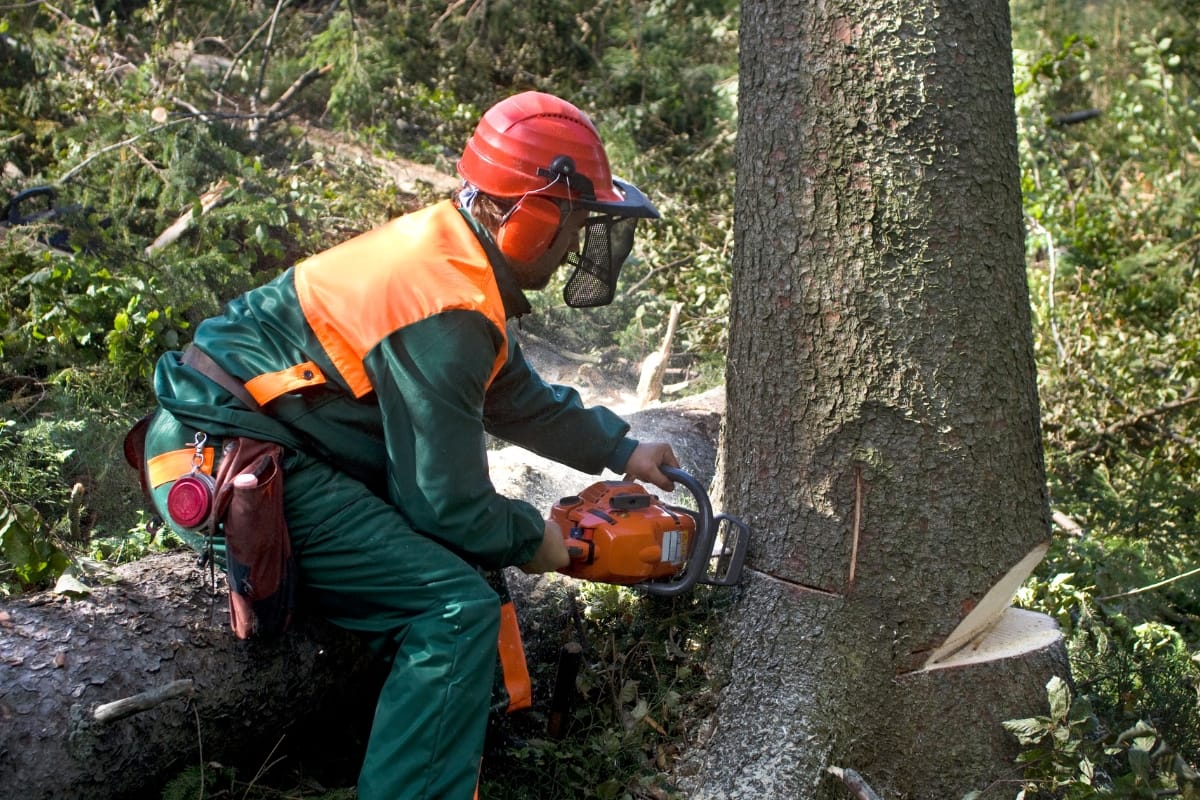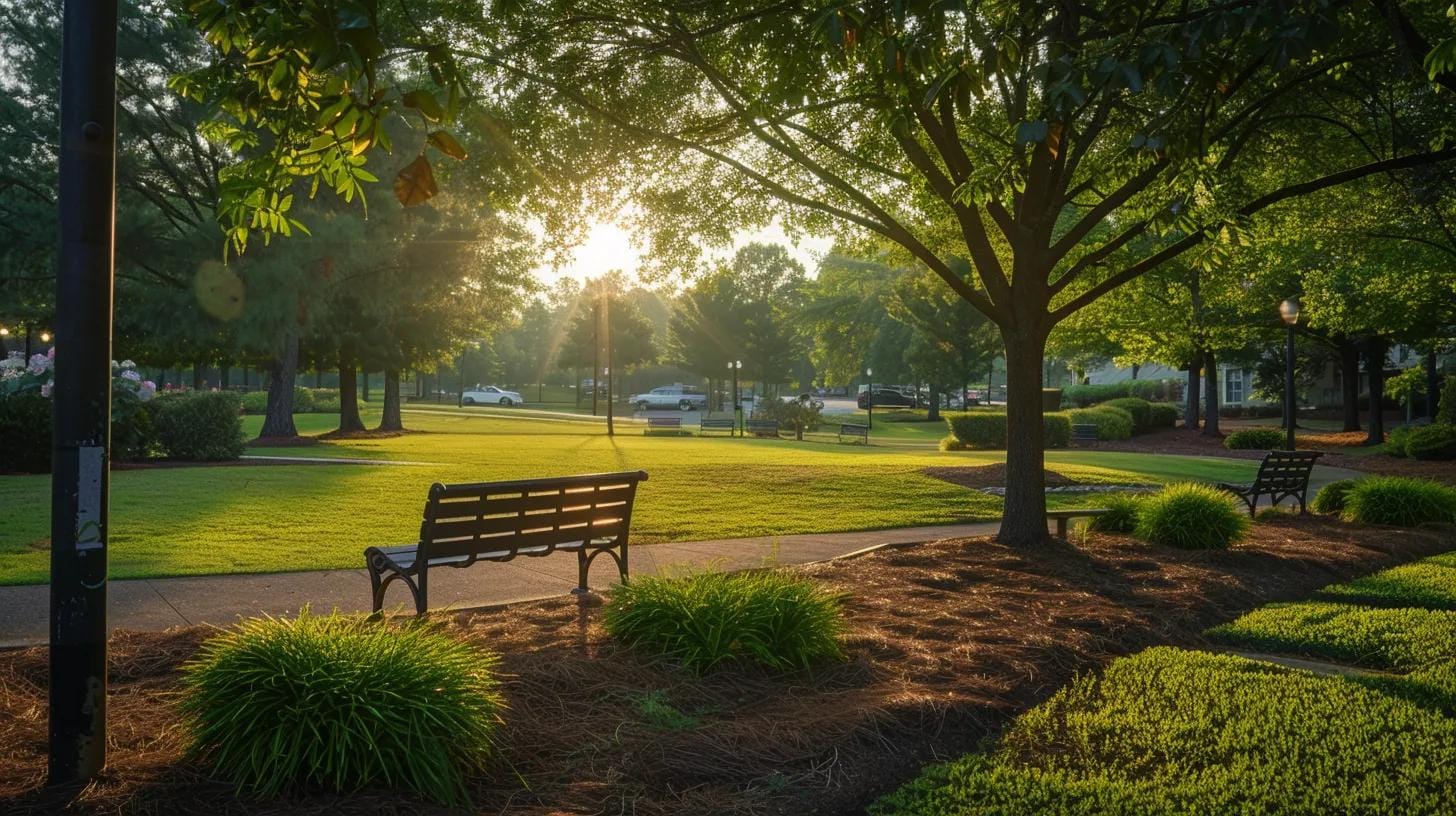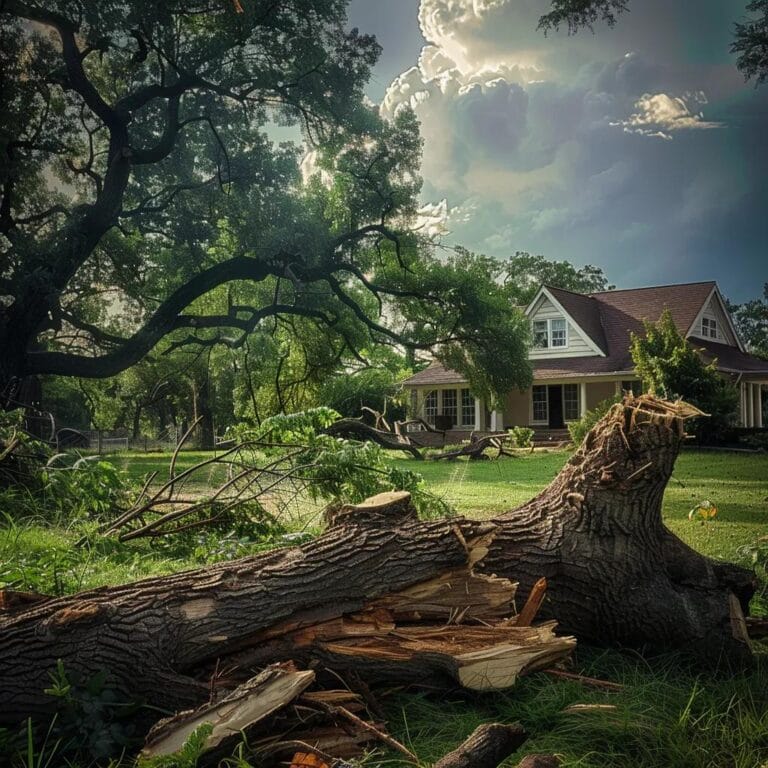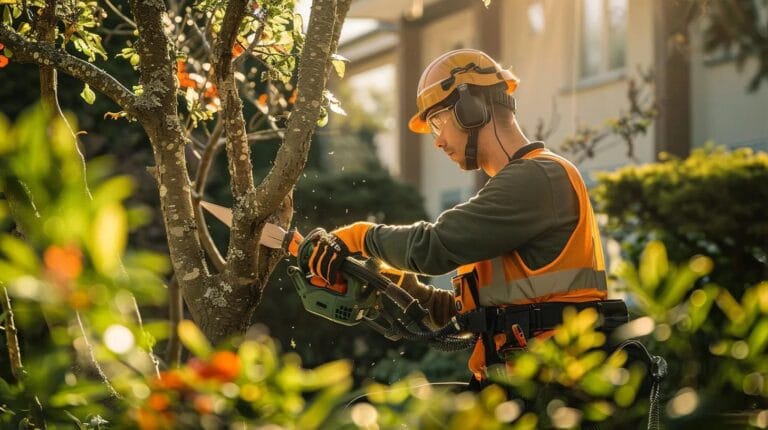A well-maintained backyard not only boosts your home’s curb appeal but also creates a welcoming outdoor space for relaxation and enjoyment. Expert tree and bush trimming techniques are key to transforming your backyard into a polished and vibrant retreat.
Proper trimming promotes healthy growth, prevents overgrowth, and enhances the natural beauty of your plants, all while ensuring safety and longevity. In this guide, we’ll explore proven techniques for trimming trees and bushes, helping you achieve a balanced, professional look.
Whether you’re shaping ornamental shrubs or maintaining mature trees, these tips will empower you to transform your backyard into a stunning, well-kept oasis.
Transform Your Yard with Expert Tree and Bush Trimming
Recognizing Plant Growth Patterns for Effective Trimming
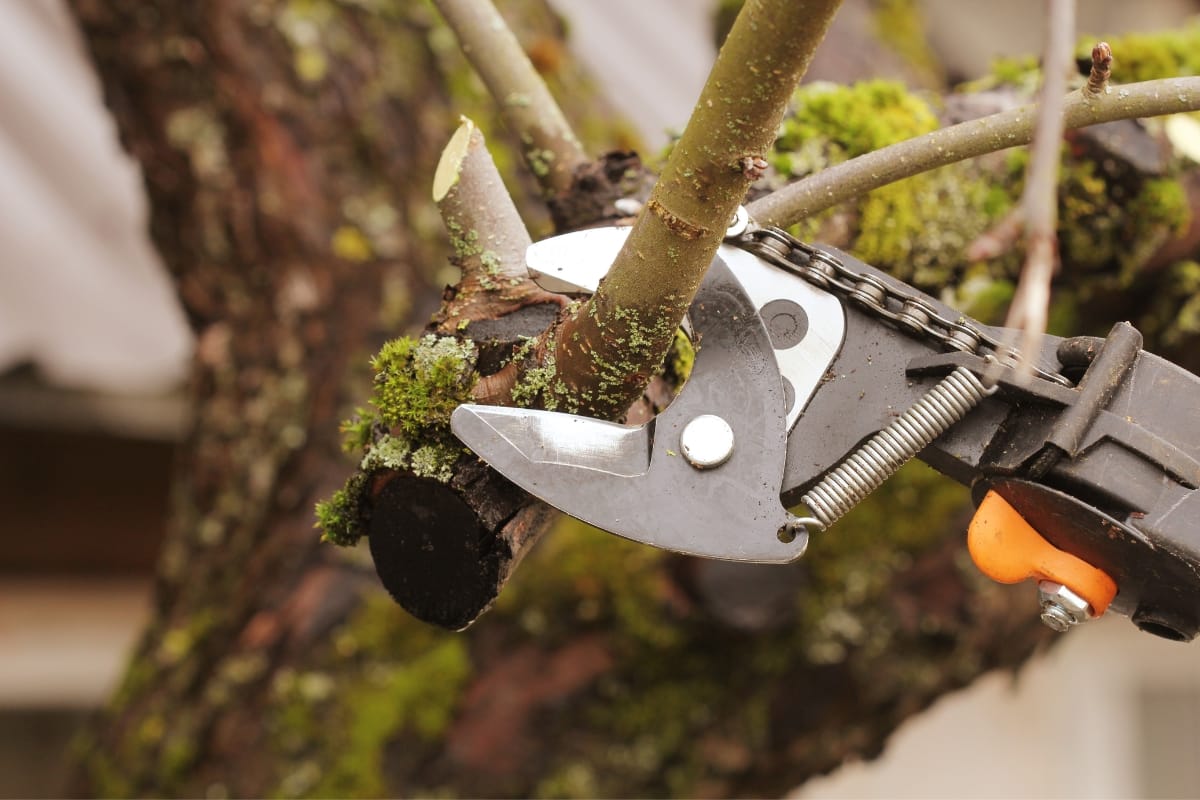
Before you embark on your tree and bush trimming journey, it’s crucial to understand the growth patterns of different plant species. Each plant has its own unique way of growing, and recognizing these patterns will help you determine the best approach for trimming.
For example, some plants grow in a vertical manner, with a single main stem reaching for the sky. These plants benefit from a technique called “topping,” where you remove the uppermost part of the plant to encourage lateral growth. This helps create a fuller and more balanced appearance.
On the other hand, some plants have a more bushy growth habit with multiple stems branching out from the base. For these plants, selective pruning is key. Identify any dead or diseased branches and remove them to promote healthy growth. Additionally, thinning out crowded areas can improve air circulation and reduce the risk of fungal diseases.
Understanding plant growth patterns allows you to tailor your trimming techniques accordingly, ensuring that you achieve optimal results while maintaining the overall health of your greenery.
Essential Tools for Tree and Bush Trimming Success
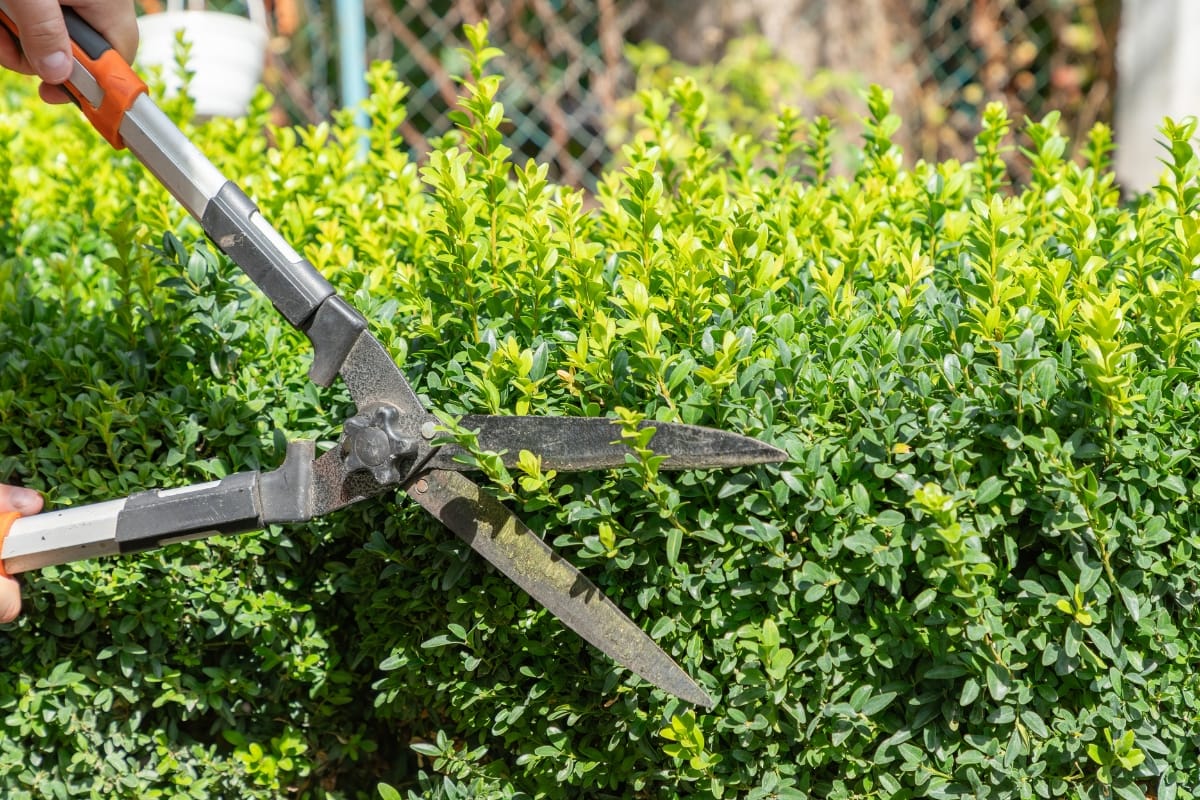
To become an expert in tree and bush trimming, it’s essential to have the right tools at your disposal. Here are some must-have tools that will make your trimming endeavors much easier:
- Pruning Shears: Pruning shears, also referred to as hand pruners or secateurs, are specifically crafted to trim small branches and stems measuring up to ¾ inch in diameter. Opt for bypass pruners with curved blades to ensure tidy cuts that avoid damaging the plant tissue.
- Loppers: Branches too thick for pruning shears can be effortlessly cut using loppers, equipped with extended handles and a ratchet or gear system to enhance cutting efficiency.
- Pruning Saw: For larger branches, a pruning saw is necessary. Look for one with a curved blade and coarse teeth that can easily cut through wood.
- Hedge Trimmers: If you have hedges or landscape shrubs that require regular trimming, invest in a good pair of hedge trimmers. These electric or gas-powered tools make quick work of shaping and maintaining your greenery.
- Safety Gear: Don’t forget to prioritize safety while trimming. Wear gloves to protect your hands, safety glasses to shield your eyes from debris, and sturdy footwear for stability.
Having these essential tools in your arsenal will empower you to tackle any tree or bush trimming task with confidence and precision.
Mastering the Art of Pruning: Techniques for Optimal Plant Health
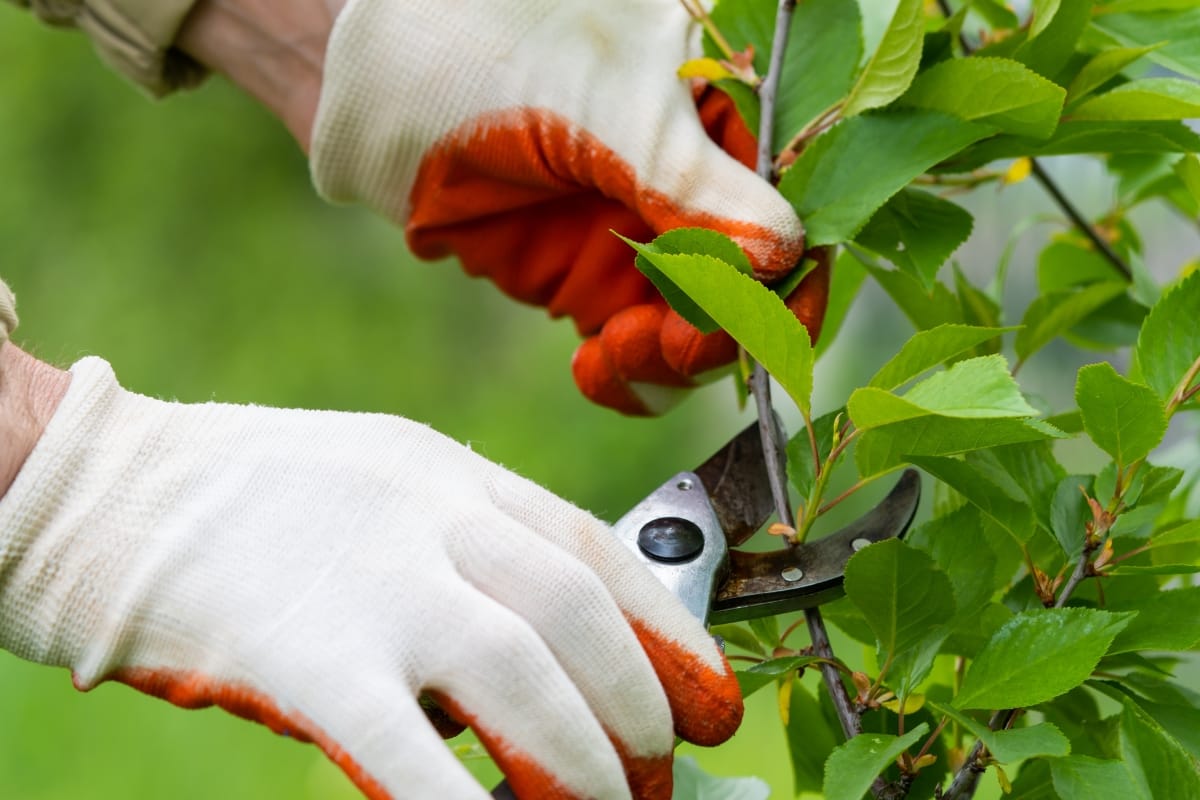
Pruning is not just about removing branches; it’s about promoting the overall health and vitality of your plants. Here are some techniques to master for optimal plant health:
- Crown Thinning: This technique involves selectively removing branches from the crown of the tree or bush to improve air circulation and sunlight penetration. It helps reduce the risk of diseases and encourages new growth.
- Crown Raising: Crown raising involves removing lower branches to create clearance underneath the tree or bush. This technique is useful for improving visibility, creating space for walking or mowing, and preventing potential hazards.
- Deadheading: Deadheading refers to the removal of spent flowers from plants. By doing so, you redirect energy towards new growth and encourage prolonged blooming periods.
- Heading Back: Heading back is the technique of cutting back the tips of branches to promote branching and denser growth. It’s commonly used for shaping hedges and shrubs.
- Directional Pruning: Directional pruning involves cutting branches back to a bud or lateral branch that is facing in the desired direction of growth. This technique helps direct growth away from structures or towards specific areas.
By mastering these pruning techniques, you’ll be able to enhance the health, shape, and overall appearance of your landscape trees and bushes.
Shaping Your Greenery: Creating Visual Interest Through Precision Cuts
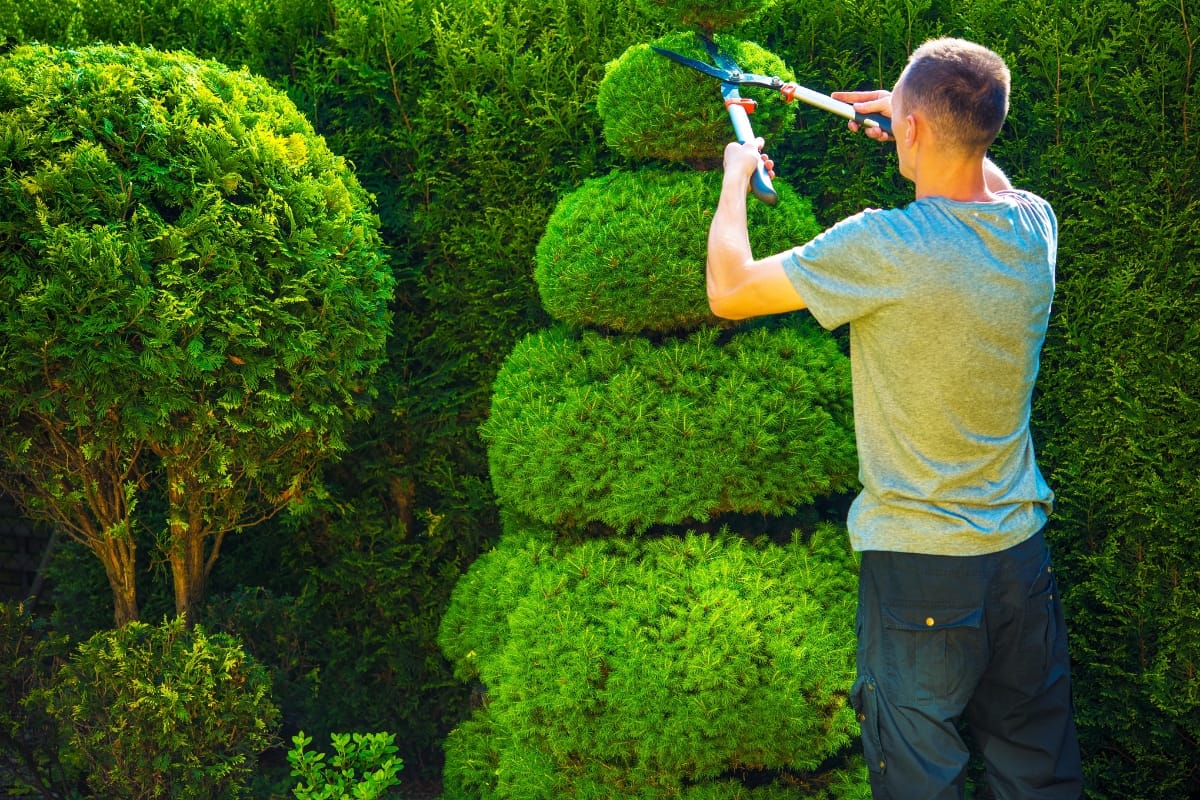
haping your greenery through precision cuts can elevate your backyard into a masterpiece of design and natural beauty. Whether you aim for an artistic statement or a structured aesthetic, these techniques offer endless opportunities to showcase creativity while enhancing your outdoor space’s functionality and charm. Let’s explore these methods in greater depth:
- Espalier: Espalier combines utility and artistry by training trees or shrubs along a flat surface like a wall, fence, or trellis. Commonly used for fruit-bearing plants like apple and pear trees, espalier allows for efficient space use in smaller gardens. Additionally, it improves sunlight exposure and air circulation, resulting in healthier plants and better fruit yields. Patterns range from simple horizontal tiers to intricate fan or diamond shapes, offering both practicality and visual appeal.
- Topiary: Topiary is the ultimate expression of precision gardening, turning plants into whimsical shapes or bold geometric forms. This technique requires patience and regular maintenance, as plants must be trimmed frequently to retain their designs. Evergreen species like boxwood and yew are ideal for topiary due to their dense foliage and slow growth, ensuring your creations remain vibrant year-round.
- Cloud Pruning: A method rooted in Japanese garden design, cloud pruning emphasizes creating soft, rounded “clouds” of foliage separated by open space. This style mimics the natural formations of clouds and lends a serene, sculptural quality to trees and shrubs. Commonly used with pines and evergreens, cloud pruning highlights the plant’s natural beauty while reflecting a minimalist aesthetic.
- Formal Pruning: For a clean, structured look, formal pruning is the go-to technique. It’s perfect for creating hedges, geometric shapes, or linear designs that frame pathways or border spaces. Symmetry and balance are key, and this method works best with plants like privet or holly that respond well to frequent trimming.
- Pollarding: Pollarding, an ancient method, involves cutting back a tree’s upper branches to encourage dense, fresh growth. Frequently seen in urban landscapes, this technique reduces a tree’s size while adding dramatic visual impact. Species like plane trees and willows are excellent candidates, as their regrowth creates a lush, architectural effect.
By incorporating these precision-cut techniques, you can shape your greenery into a stunning visual narrative. Whether you’re inspired by traditional methods like cloud pruning or bold forms like topiary, these techniques will add dimension, creativity, and personality to your garden, making it a true reflection of your style and vision.
Timing Matters: Understanding the Best Seasons for Trimming
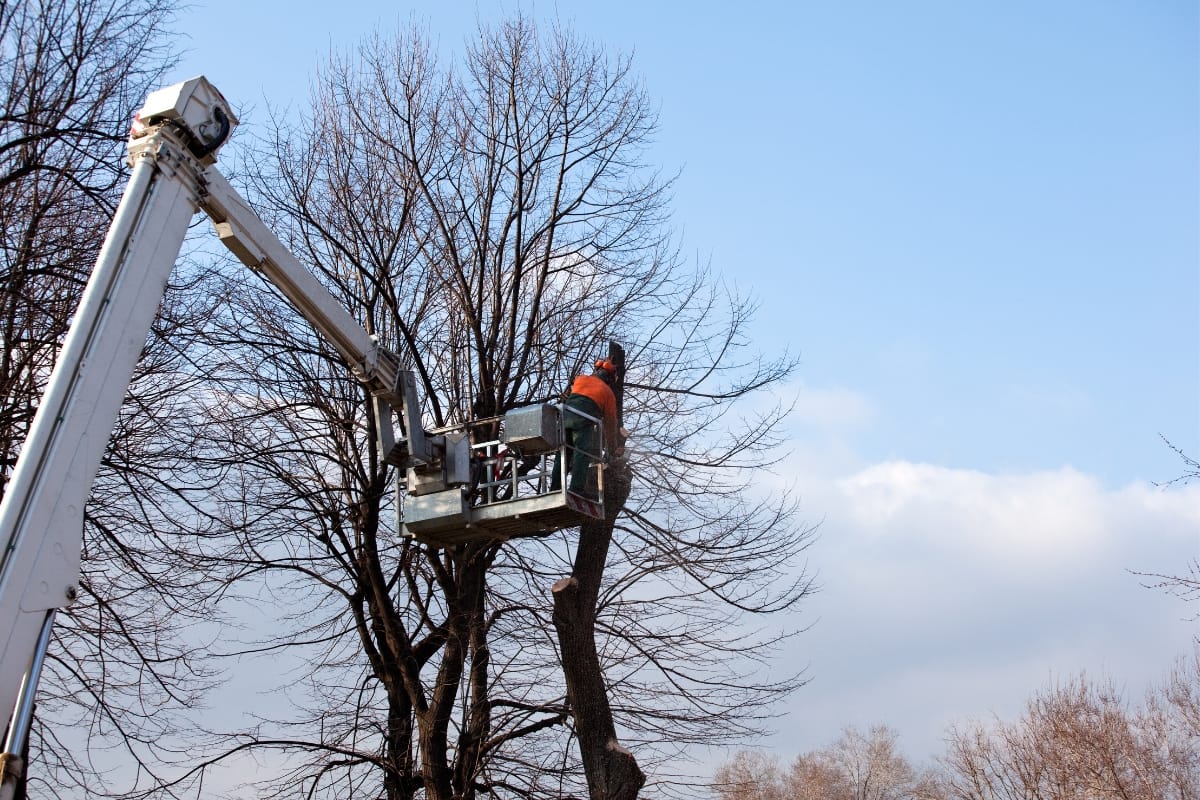
Proper timing for trimming trees and shrubs is essential for maintaining their health, encouraging optimal growth, and preserving their aesthetic appeal. Understanding the seasonal needs of your plants ensures that your trimming efforts yield the best results while minimizing potential stress or damage. Here’s a comprehensive guide to timing your pruning:
- Dormant Season: Late winter to early spring, before new growth begins, is the ideal time to prune most deciduous trees and shrubs. During this dormant phase, the absence of leaves makes it easier to see the plant’s structure, allowing for precise cuts that encourage healthy growth. Additionally, trimming during dormancy reduces the risk of disease spread and pest infestations.
- Post-Flowering Pruning: For flowering plants, timing is key to preserving their blooms. Spring-flowering plants, such as lilacs and azaleas, should be pruned immediately after they finish blooming. This prevents the removal of flower buds set for the following year. Summer-flowering species, on the other hand, can be trimmed in late winter or early spring, as they produce blooms on new growth.
- Summer Pruning: Trimming during the summer can help control the size or shape of fast-growing plants and encourage secondary growth in some species. However, excessive pruning during hot weather can stress plants, especially if they’re already dealing with limited water or nutrient availability. Light, targeted cuts are recommended.
- Emergency Pruning: Dead, damaged, or diseased branches should be removed immediately, regardless of the season. Leaving hazardous branches intact not only poses safety risks but can also allow the spread of pests or diseases to healthy parts of the plant.
- Species-Specific Needs: Always research the unique pruning requirements of your specific plant species. For example, evergreens and certain fruit trees may have distinct seasonal needs that differ from other varieties.
By aligning your pruning practices with seasonal guidelines and your plants’ individual characteristics, you can promote healthier growth, more vibrant blooms, and a safer, more beautiful landscape.
Dealing with Overgrown Trees and Bushes: Taming the Wild
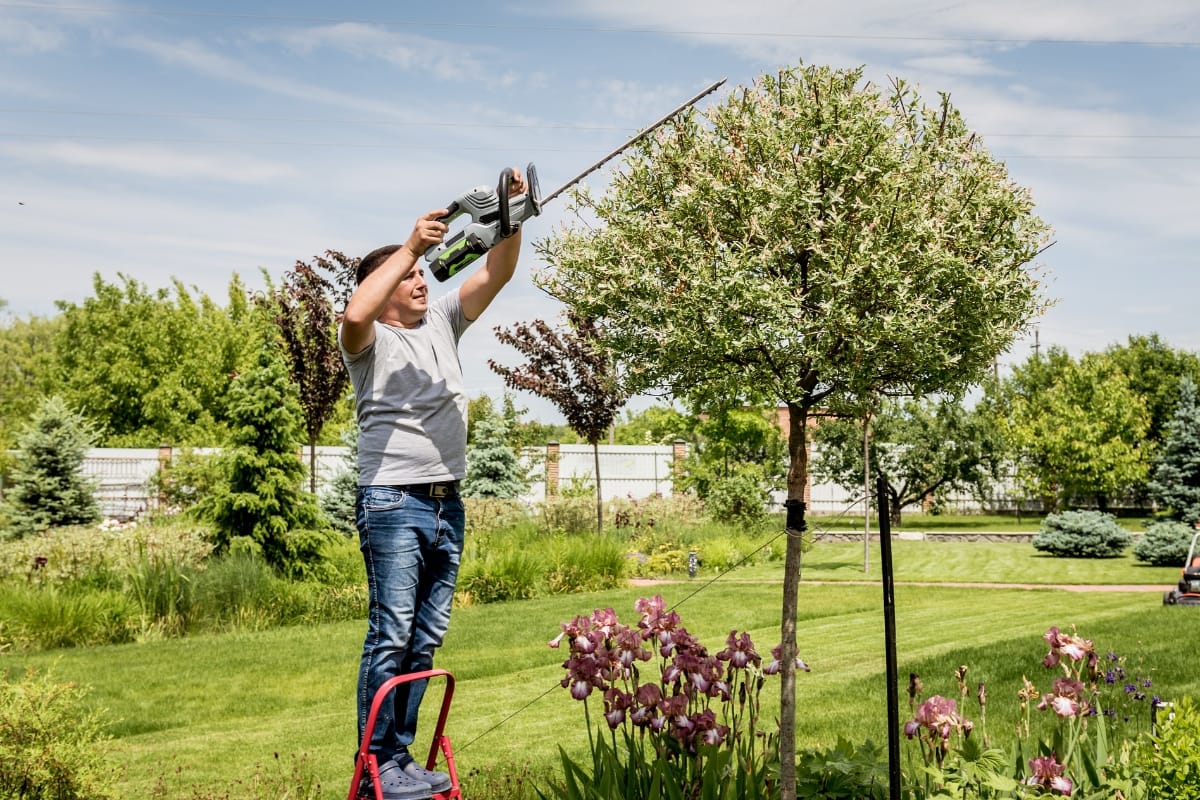
Overgrown trees and bushes can transform a well-kept yard into a chaotic jungle, but with the right strategy, you can restore order and enhance your outdoor space. Addressing overgrowth is not only about aesthetics but also about maintaining the health of your plants and ensuring safety. Here’s how to approach it:
- Assess the Situation: Start by evaluating the plant’s overall condition. Look for crossing branches, weak growth, and any signs of disease or pest infestation. Understanding the plant’s natural growth habit can help you make informed pruning decisions that support its health and appearance.
- Gradual Pruning: For plants that have been neglected for years, avoid drastic cuts that can stress the plant. Remove one-third of the branches at a time over several seasons, focusing first on dead or damaged wood. This gradual process ensures the plant can recover and maintain its vitality.
- Rejuvenation Pruning: When plants become unmanageable or lose their shape, rejuvenation pruning might be the best option. This involves cutting the plant back to its main framework or base. While this approach might seem extreme, it allows the plant to regenerate with healthier and more controlled growth.
- Safety First: Large trees or bushes with significant overgrowth near power lines, structures, or walkways may pose risks. In such cases, it’s wise to hire professional arborists who are trained to handle complex pruning and removal tasks safely.
- Ongoing Maintenance: After taming the wild growth, establish a regular maintenance schedule. Seasonal trimming, fertilization, and pest control can keep your greenery thriving and prevent future overgrowth.
Taming overgrown trees and bushes requires time, patience, and a thoughtful approach. By addressing the problem systematically and with care, you can transform an unruly landscape into a harmonious, beautiful space that you’ll enjoy for years to come.
Enhancing Sunlight Exposure: Trimming for Improved Growth
Sunlight is essential for healthy plant growth, so strategically trimming your trees and bushes can help maximize sunlight exposure in your garden. Here are some tips for enhancing sunlight exposure:
- Crown Thinning: Thinning the crown, as previously discussed, selectively removes branches from the tree or bush’s top. This process enhances sunlight penetration to lower branches and neighboring plants by decreasing density.
- Limb Removal: If a tree has low-hanging branches that block sunlight from reaching the ground, consider removing them to allow more light to filter through.
- Raise Canopy: For trees with dense lower branches, raising the canopy by removing those lower branches can create a higher clearance and allow sunlight to reach the ground.
- Prune Overlapping Branches: If you have multiple trees or bushes in close proximity, prune any overlapping branches that may be shading each other. This will ensure that each plant receives its fair share of sunlight.
Note: While it’s important to enhance sunlight exposure, be mindful not to remove too many branches as plants still need some shade and protection from excessive sun exposure.
Troubleshooting Common Trimming Mistakes and How to Avoid Them
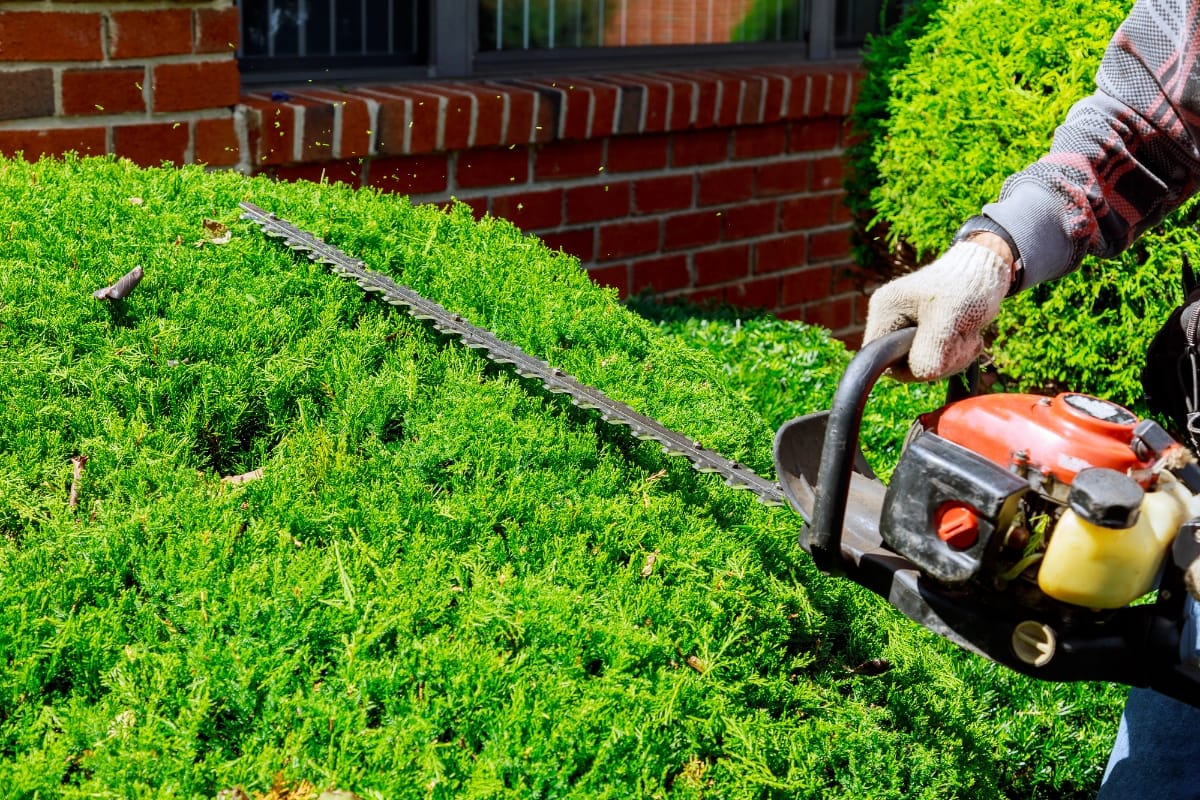
Mistakes happen, but when it comes to tree and bush trimming, it’s best to avoid them altogether. Here are some common trimming mistakes and how you can steer clear of them:
- Topping: Topping is the practice of cutting off the entire top portion of a tree or bush. This not only ruins the natural shape but also weakens the plant and makes it more susceptible to diseases and pests. Instead, opt for selective pruning techniques that promote healthy growth.
- Improper Pruning Cuts: Making improper cuts can lead to damage and disease in plants. Always use sharp tools and make clean cuts just above a bud or lateral branch without leaving stubs.
- Over-Pruning: It’s easy to get carried away while pruning, but over-pruning can harm your plants by removing too much foliage and disrupting their natural growth patterns. Take a conservative approach and only remove what is necessary.
- Neglecting Tool Maintenance: Dull or dirty tools can damage plants and spread diseases. Regularly clean and sharpen your pruning tools to ensure clean cuts and prevent the transmission of pathogens.
- Ignoring Safety Precautions: Always prioritize safety while trimming. Wear protective gear, use sturdy ladders or platforms when necessary, and be cautious of electrical wires if using electric tools.
By avoiding these common trimming mistakes, you’ll be able to maintain the health and beauty of your plants while minimizing potential risks.
Conclusion: Elevate Your Backyard Oasis through Expert Trimming Techniques
Your backyard has the potential to become a tranquil oasis that reflects both elegance and vitality. By mastering expert tree and bush trimming techniques, you can transform your outdoor space into a living masterpiece.
Achieving a beautifully maintained backyard starts with proper tree and bush trimming techniques. The right care not only enhances the aesthetics of your outdoor space but also ensures the health and longevity of your greenery. Trust the experts at Campbell Tree Management Services to transform your backyard into a stunning and vibrant retreat. Call us at (770) 286-8058 or visit our website to request a free quote today. Let us help you bring your backyard vision to life!
